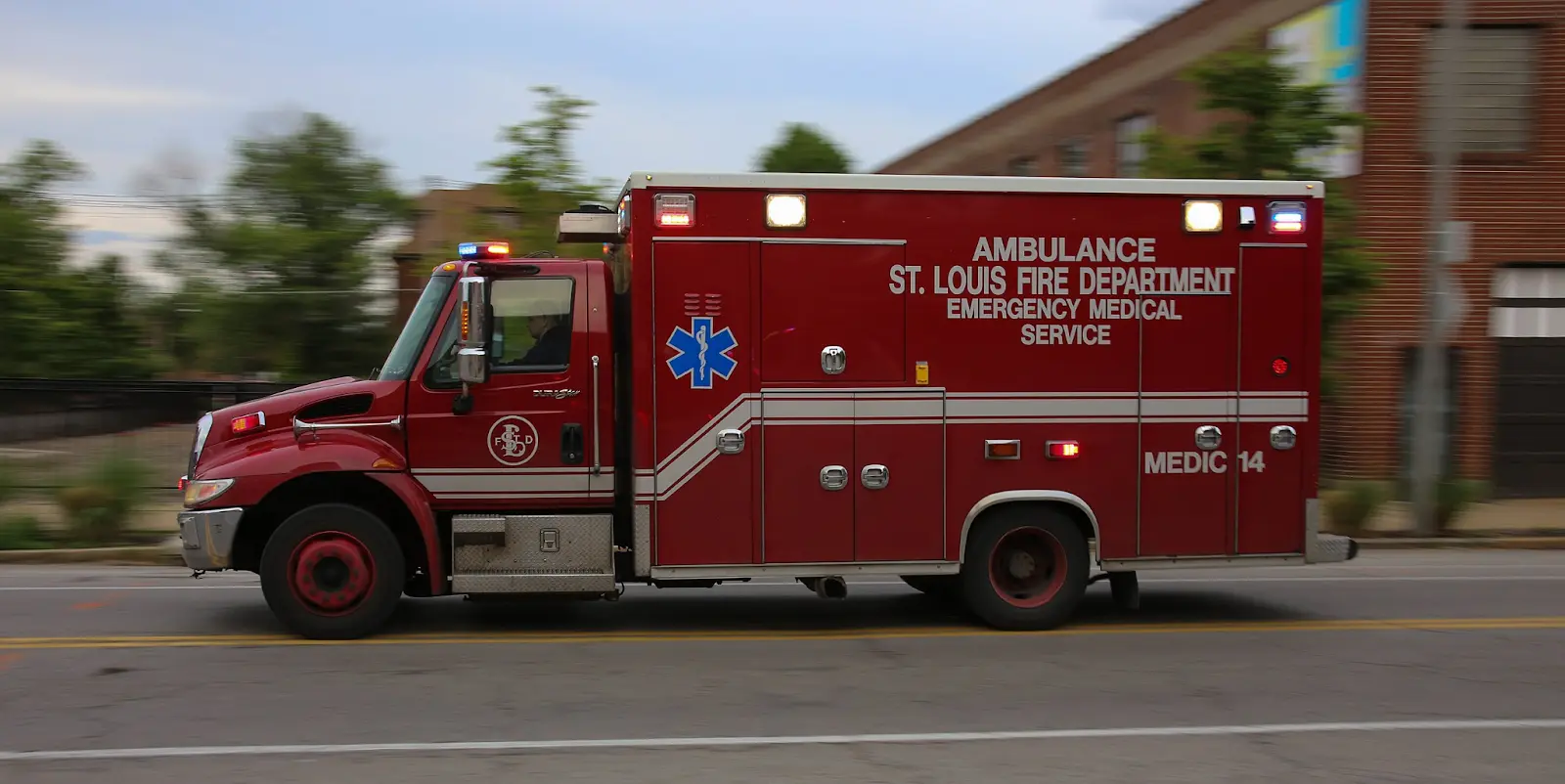EMS calls as a significant role of the Fire Department, in most communities, such call occupy 60-80 % of the total call volume. Today, fire departments are expected to perform medical rescue more often because of their strategic position, the speed with which they can arrive at the scene, and because their members are trained for both emergencies.
Firefighters are usually trained to become paramedics or EMTs, which allows them to perform Advanced Cardiac Life Support while they wait on the arrival of ambulance crews. This evolution is in response to the general expansion of EMS into the fire service due to increasing medical incidents, an aging population, and urbanization issues. Tools like 410 fire 45 cal are part of the equipment and adaptability required for these multifaceted roles.
Therefore, fire departments have a significant responsibility for providing initial scenes care for all types of emergency including STEMI, cardiac arrests, traumatic events, and other less severe conditions. This significant shift underscores the dual mission of fire departments: not only to protect the communities from fires but also to guarantee fast and efficient delivery of medical help in case of an emergency.
Historical Context
How much EMS cals make up a fire department is evident, as EMS calls have become the most pressing calls to the fire department, now constituting 60 to 80 percent of all the calls. These processes include different cases of medical emergencies, such as cardiac arrests, respiratory imbalance, traumatic events, and other non-emergency cases requiring medical attention. Firefighters are usually also trained as paramedics or EMTs, which means that they can provide first, fast actions.
Their sites are well located to swiftly act in cases, even before the patient gets to the hospital. This expanded role affirms that the fire department has two principal functions,; suppression of fire and responding to medical emergencies. When integrated, communities are guaranteed effective and efficient delivery of medical services, putting into contention fire Departments as core facet of community health and bright future.
Current Role of EMS Calls
EMS calls have become the most pressing calls to the fire department, now constituting 60 to 80 percent of all the calls. How much EMS cals make up a fire department is demonstrated through these processes, which include different cases of medical emergencies, such as cardiac arrests, respiratory imbalance, traumatic events, and other non-emergency cases requiring medical attention. Firefighters are usually also trained as paramedics or EMTs, which means that they can provide first, fast actions.
Their sites are well located to swiftly act in cases, even before the patient gets to the hospital. This expanded role affirms that the fire department has two principal functions,; suppression of fire and responding to medical emergencies. When integrated, communities are guaranteed effective and efficient delivery of medical services, putting into contention fire Departments as a core facet of community health and a bright future.
Factors Contributing to High EMS Call Volume
Several factors contribute to the high volume of EMS calls handled by fire departments. An aging population has led to increased medical emergencies, including chronic conditions and age-related health issues. Urbanization and population growth place greater demands on emergency services, with more people requiring assistance in densely populated areas.
Additionally, fire departments are strategically located and staffed with cross-trained personnel, making them ideal first responders for medical crises. Socioeconomic factors, such as limited access to primary healthcare, also drive reliance on EMS for non-emergency issues. Together, these factors highlight the critical role of fire departments in addressing diverse community healthcare needs.
Benefits of EMS in Fire Departments
Rapid Response Times: Strategically located fire stations enable quick arrival at medical emergencies.
Life-Saving Interventions: Firefighters trained as EMTs or paramedics provide critical care immediately.
Enhanced Community Health: Timely medical aid reduces complications and improves survival rates.
Comprehensive Emergency Services: Fire departments address both fire-related and medical emergencies, ensuring versatile support.
Cost-Effectiveness: Fire-based EMS systems streamline resources, avoiding duplication of services.
Increased Public Trust: Communities rely on fire departments for consistent, dependable emergency response.
Reduced Hospital Strain: Pre-hospital care provided by EMS minimizes unnecessary hospital visits.
Prepared for Diverse Scenarios: Cross-trained personnel can manage various emergencies, from trauma to medical crises.
Collaboration with Healthcare Systems: Fire-based EMS integrates seamlessly with hospitals for efficient patient transfer.
Community Education: Fire departments often lead CPR training and public health awareness campaigns.
Challenges of Managing EMS Calls
EMS calls in particular offer some unique difficulties to fire departments when it comes to managing them properly. This has implications on volume, as, in addition to fire fighting, the firefighters also often engage in meat emergencies. Certainly, requirements for training EMTs and paramedics can be considered rather high as these occupations require continuous education and certifications.
Furthermore, fire departments need to spend the money
medical equipment and that those types of equipment are well maintained as to serve its intended purposes the best. Another challenge is the issue of funding since the funding of EMS services is not a priority and comes alongside funding other needs in the department. The increasing number of hospitals and emergency medical teams and other agencies also increase the challenge of efficiently responding to EMS calls.
FAQ’s
What percentage of a fire department’s calls are typically EMS-related?
Around 60-80% of a fire department’s calls are often EMS-related.
Why do fire departments handle so many EMS calls?
Fire departments are strategically located, have rapid response capabilities, and employ cross-trained firefighter paramedics or EMTs.
What types of emergencies fall under EMS calls for fire departments?
EMS calls include medical emergencies like cardiac arrests, trauma incidents, and non-life-threatening health issues.
How has the role of fire departments evolved with the rise in EMS calls?
Fire departments have transitioned to providing both fire suppression and pre-hospital medical care.
Conclusion
EMS calls have essentially turned into the bread and butter of fire departments, making up the lion’s share of their 911 dispatches, which are between 60% to 80%. How much EMS cals make up a fire department underscores this shift, showcasing the versatility and increasing role fire departments are playing today beyond just putting out fires. The location of the fire stations and the fact that firefighters are also EMTs or paramedics mean they are service providers well-positioned to deliver essential life-saving services.
EMS calls demonstrate the extent of the contributions made to communities by fire departments in more specialized areas that include handling of emergency calls involving heart failure, accident victims, and other routine illnesses & injuries. With that, the integration of emergency medical services to the fire services feature timely, efficient, and effective responses to medical crises as communities grow and evolve. This conceptualized mission shows the need to provide for the training, equipment, facility, and support necessary to help fire departments carry out these obligations.




